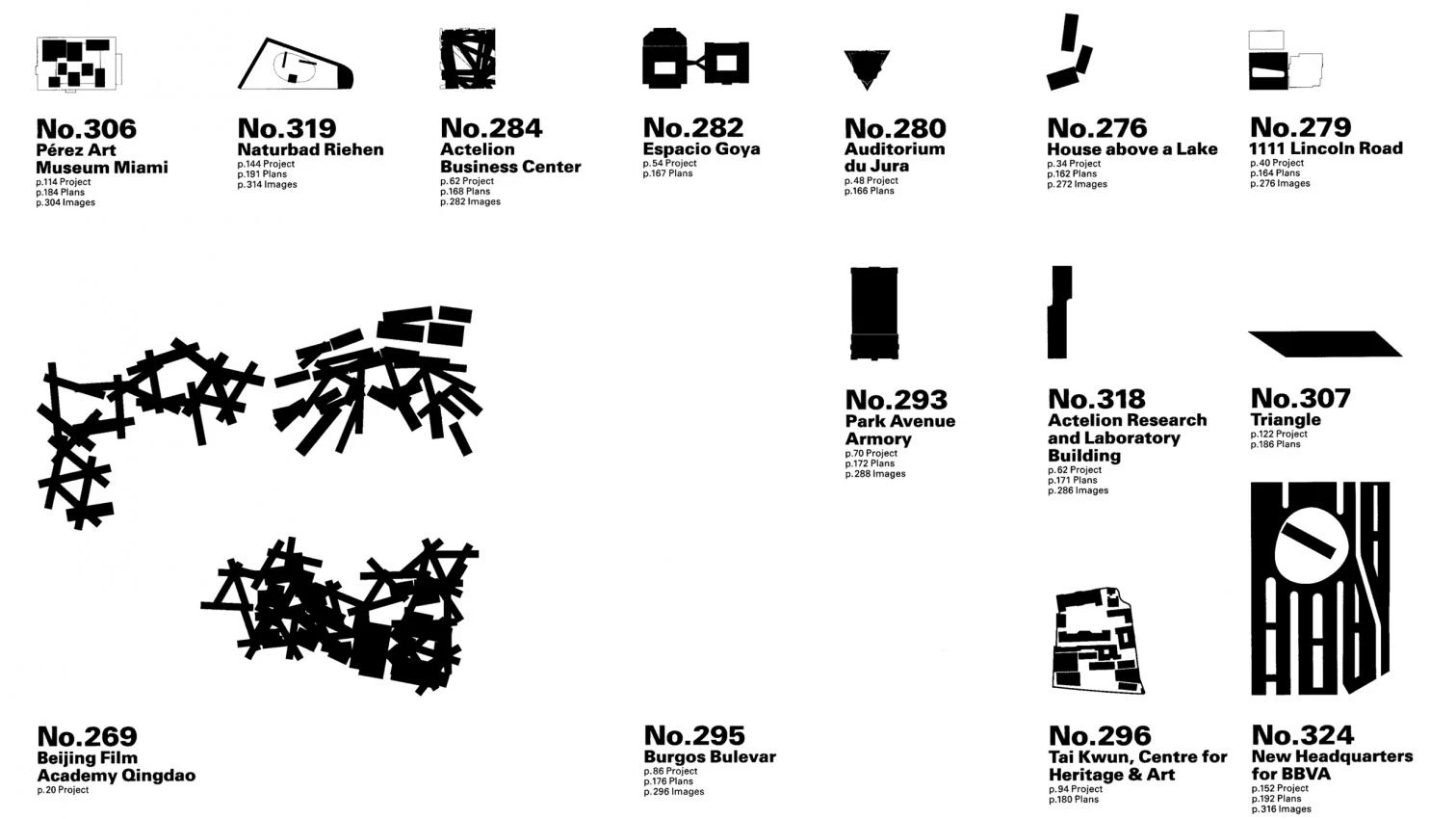
The publication of the work of some architects becomes printed history. This is what happened with the mythical eight volumes of Le Corbusier’s Oeuvre complète, and what is happening now with the series of volumes documenting the work of Herzog & de Meuron, a studio that celebrates its fortieth anniversary this year. The first four volumes appeared between 1996 and 2009, and the sixth – covering the projects initiated between 2005 and 2007– has seen the light in 2018; the fifth, including protracted works like the Elbphilharmonie, is slated for 2019. Each one of the books contains, besides a detailed description of all the projects carried out by the office in the period – 60 in the volume at hand –, exhaustive documentation on the design and construction of those judged most relevant, 21 in our case; in them, the inevitably impersonal memos are accompanied by texts written in the first person by Jacques Herzog which offer a lucid account of the circumstances and intentions of the project, composing a narrative and critical fresco that few architects are able to provide for their own work, and that are the volume’s most valuable element.
Under the exquisite covers of chromatic typography inspired by the work of Rémy Zaugg – an artist closely tied to the studio, deceased in 2005, and who intervened in the first books –, with the expert direction of Gerhard Mack, and the rigorous work of the team led by Esther Zumsteg, this sixth volume of the complete works features projects as significant as the Beijing Film Academy, built without the participation of the Swiss office, but whose stacked volumes inspired the Actelion Business Center, that masterpiece which is the VitraHaus, and the New York tower on 56 Leonard Street; admirable works like the magical garage on 1111 Lincoln Street or the soberly elegant Pérez Art Museum, two projects in Miami that resonate with the presence there of Art Basel to transform the spirit of the city; and Spanish endeavors as brilliant as the Anchor Rooms of the still unbuilt Espacio Goya in Zaragoza, the sculptural bus stops of Burgos Boulevard, or the cloistered urbanity of the BBVA headquarters in Madrid.
Along with these, ephemeral architectures like the stage designs for the operas Tristan und Isolde and Attila, which also opened the AV monograph on their work since 2005; visionary projects like the Triangle skyscraper in Paris; and works that question how to tackle heritage, such as the exquisite refurbishment of Park Avenue Armory in New York, or how to approach the preservation of an archive, as they have done with their own in their masterly Kabinett in Basel’s Dreispitz: an extraordinary collection of works, designed with traditional tools – it has been a while since Herzog drew as many sketches as over those three years, writes Mack – by architects who advocated a retour à l’ordre before the 2008 crisis made it imperative everywhere, and who have also managed to reconcile their staunch experimental calling with a respect for history, thereby inscribing in it many of the works presented here between two covers.






